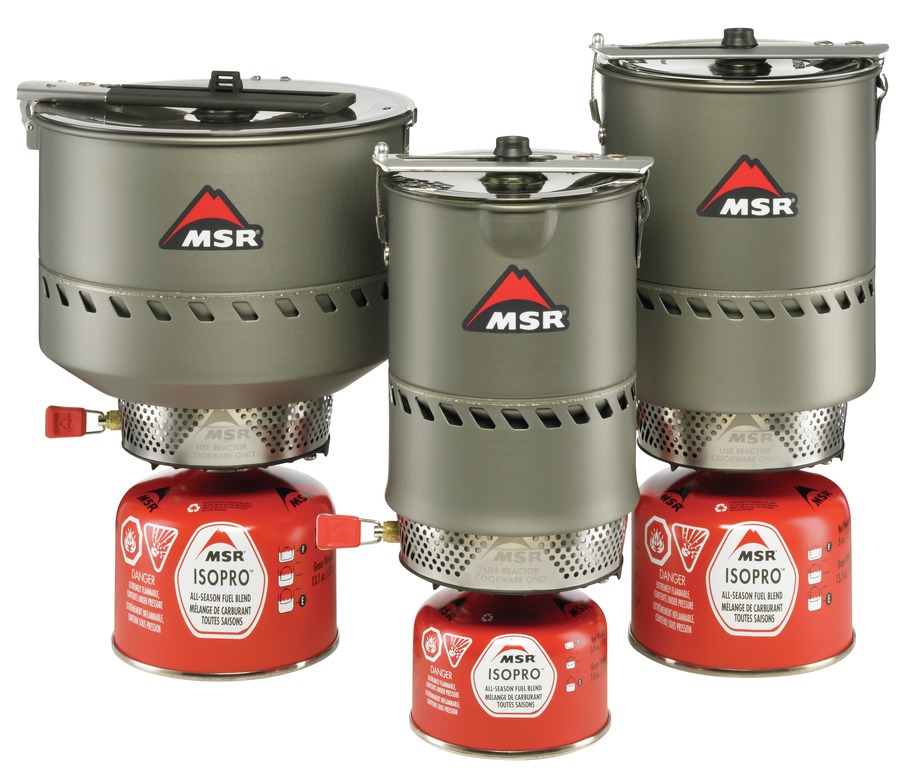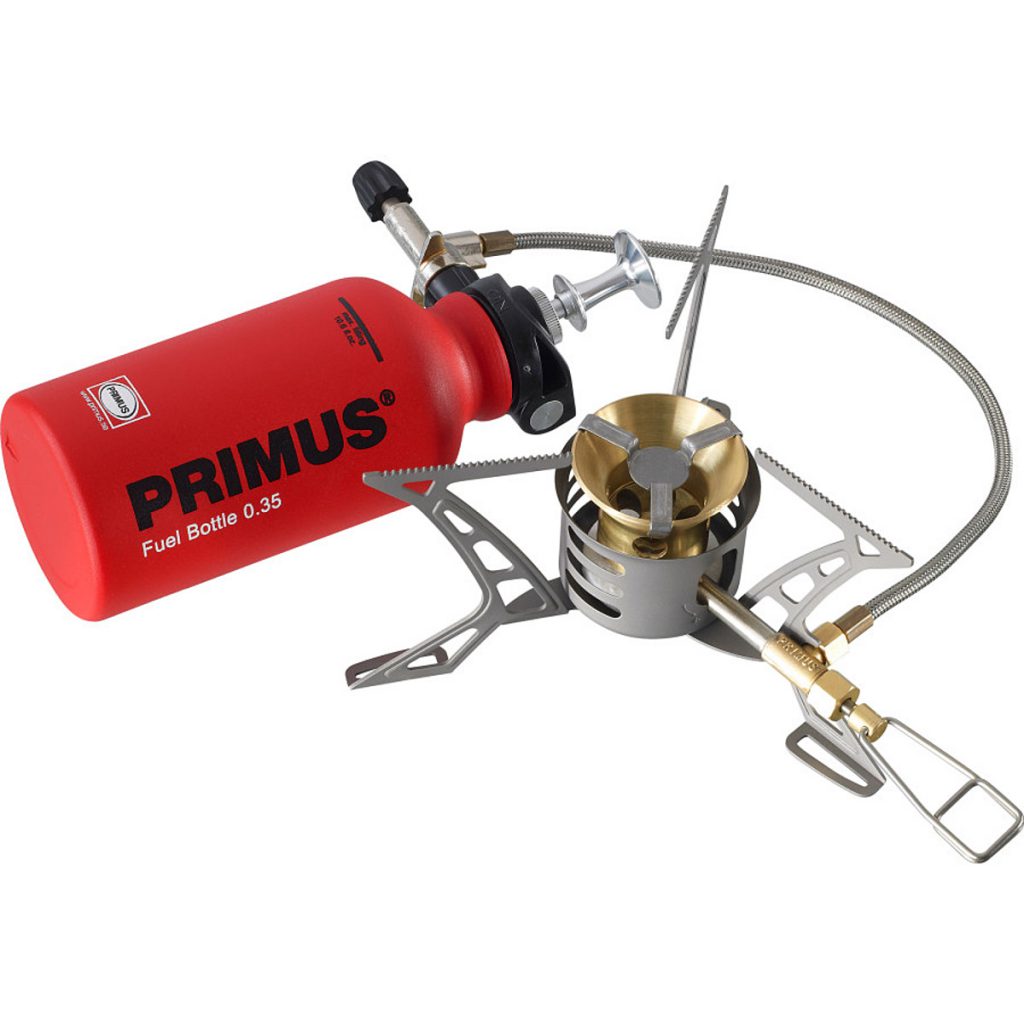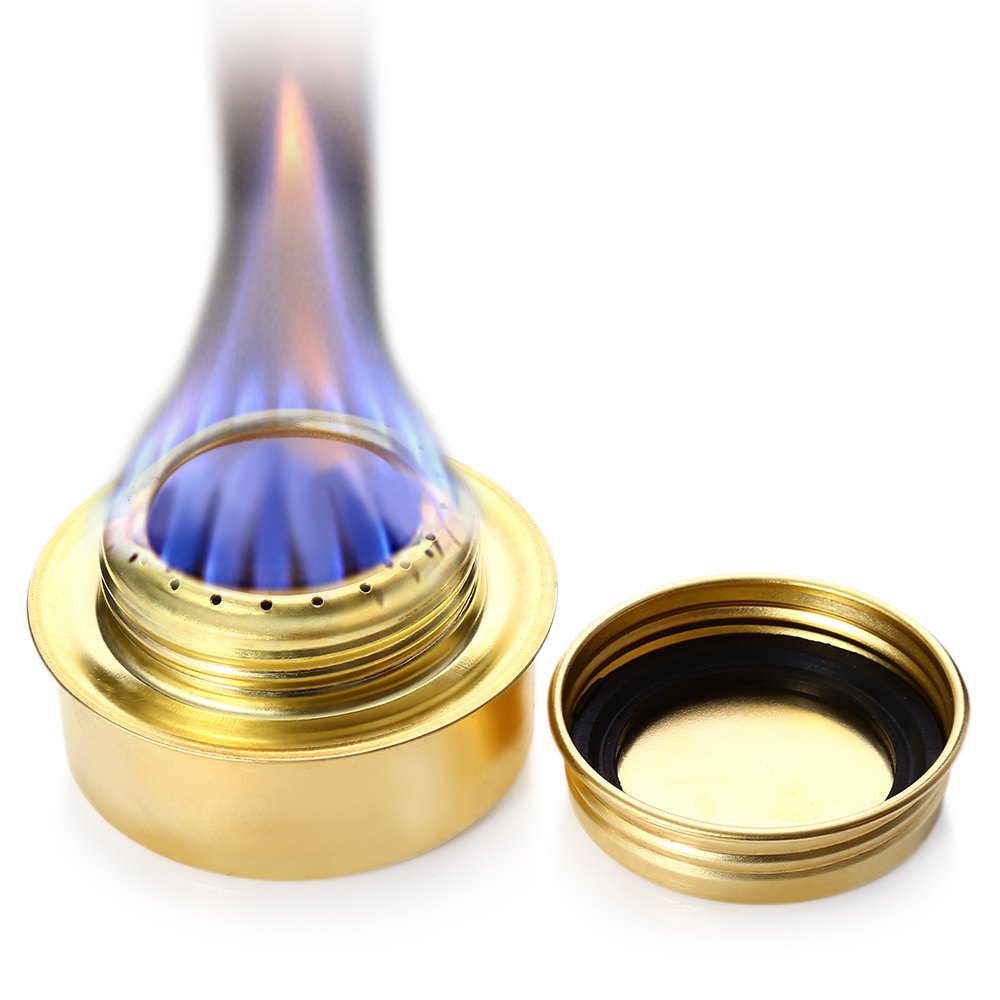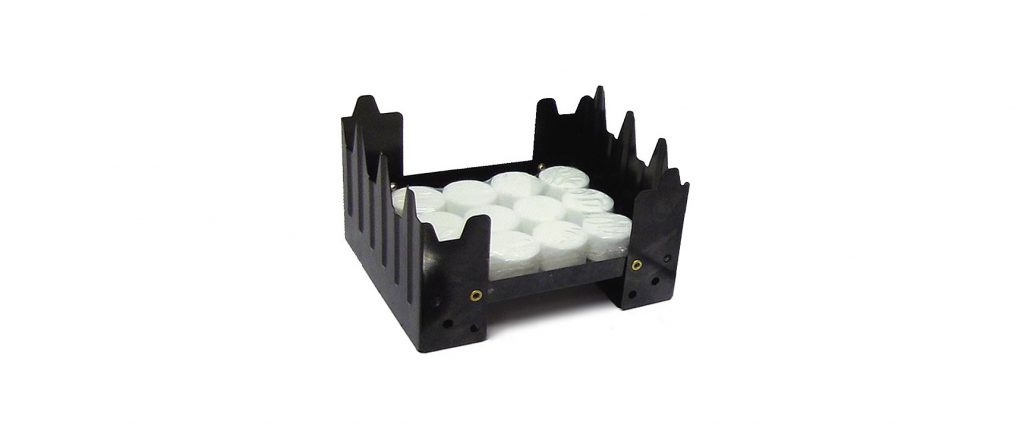Are you confused about the different types of camping stove? Fear not, we are here to run you through the pros and cons of canister, liquid fuel, wood burning, solid fuel and alcohol burning camping stoves.
There are five main types of camping stoves – canister camping stoves, liquid fuel camping stoves, alcohol burning camping stoves, solid fuel burning camping stoves and wood burning camping stoves. Choosing the right one for you can be somewhat confusing – I know it was for me!
To help you to make your mind up about which stove is right for you, I have popped together some pros and cons for each. If you want more information about which is the best camping stove to buy, then check out my guide to the best camping stoves on the market right now.
Canister Camping Stoves: The Pros and Cons

Best for: Those who like an easy life.
Since trying the MSR Reactor Stove several years ago, I have become a firm fan of canister camping stoves. You simply screw the fuel to the stove and you are good to go. They are also very quick, compact and easy to use.
Pros of a canister camping stove:
- Fast boiling times
- Light
- Compact
- Easy to use.
Cons of a canister camping stove:
- You must use a compatible isobutene fuel canister – these are often more expensive than alcohol and liquid fuel burning stoves. While they are easy to find in most outdoor stores, they can be tricky to find when you are miles off the beaten track.
- They don’t work in extreme cold. This stove will not function below -6C
Liquid fuel stoves: The Pros and Cons

Best for: Cooking for large groups.
If you are planning on cooking for a large group and are not too concerned about weight or space in your backpack than a liquid fuel stove will work for you.
Pros of a liquid fuel burning camping stove:
- Work well in freezing conditions.
- Cheaper than canister stove fuel
- Versatile – some liquid stoves can be used with a range of fuels like kerosene and unleaded making it easier to obtain in remote locations.
- Better for large groups – the stable base on a liquid fuel stove means you can pop a bigger pan on there.
Cons of a liquid fuel burning camping stove:
- Heavy and more cumbersome than the other stove types
- While the fuel is cheaper, overall they can be more expensive as you will need to buy a fuel bottle in addition to the stove.
- They are more complicated and time-consuming to use
- They need to be looked after and maintained.
Alcohol Burning Stoves: The Pros and Cons

Best for: Long-distance hikers on a budget.
Alcohol burning stoves have been a long-standing favourite amongst long-distance hikers, however the canister stoves are now knocking the alcohol stoves off their pedestal.
Pros of an alcohol burning camping stove:
- They are cheap to buy
- Super lightweight
- They use Heet, which is really easy to find.
Cons of an alcohol burning camping stove:
- Slowing cooking time – you won’t have that cup of tea in your hands within 90 seconds that’s for sure.
- Wind and cold are not your friends.
- They burn fuel quickly.
Wood burning camping stoves: The Pros and Cons

Best for: Weight conscious adventurers who don’t mind gathering their fuel.
No need to carry fuel with this option. Instead, you can gather sticks as and when you need them.
Pros of a wood burning camping stove:
- You are burning a renewable source so it’s better for the planet.
- No need to carry fuel.
- You are not paying for fuel.
Cons of a wood burning camping stove:
- You need to put hard graft in each evening to gather you fuel and get it lit.
- They are not great in bad weather – wet kindling always presents a challenge.
- They can’t be used in fire ban areas.
- Slower cooking times.
Solid fuel burning camping stoves: The Pros and Cons

Best for: Lightweight lovers with time on their hands.
Solid fuel stoves are super light and very simple, but they are not quick. You simply light an Esbit fuel tab, pop you pan on top of the flame and weight. There is not much more to them than that.
Pros of a solid fuel burning stove:
- Compact and light.
- Easy to use.
- Cost effective.
The fuel tabs are easy to transport and you’ll never risk and spillages.
Cons of a solid fuel burning stove:
- Slow cooking times.
- Expensive – the fuel tabs are not the cheapest.
- The tabs can be tricky to buy as not everywhere stocks them.
- A little bit smelly – the fuel tabs are not odourless.
- Not great in wind and rain.
- You can’t control the size of the flame.
Check out our Hard as Nails podcast:










